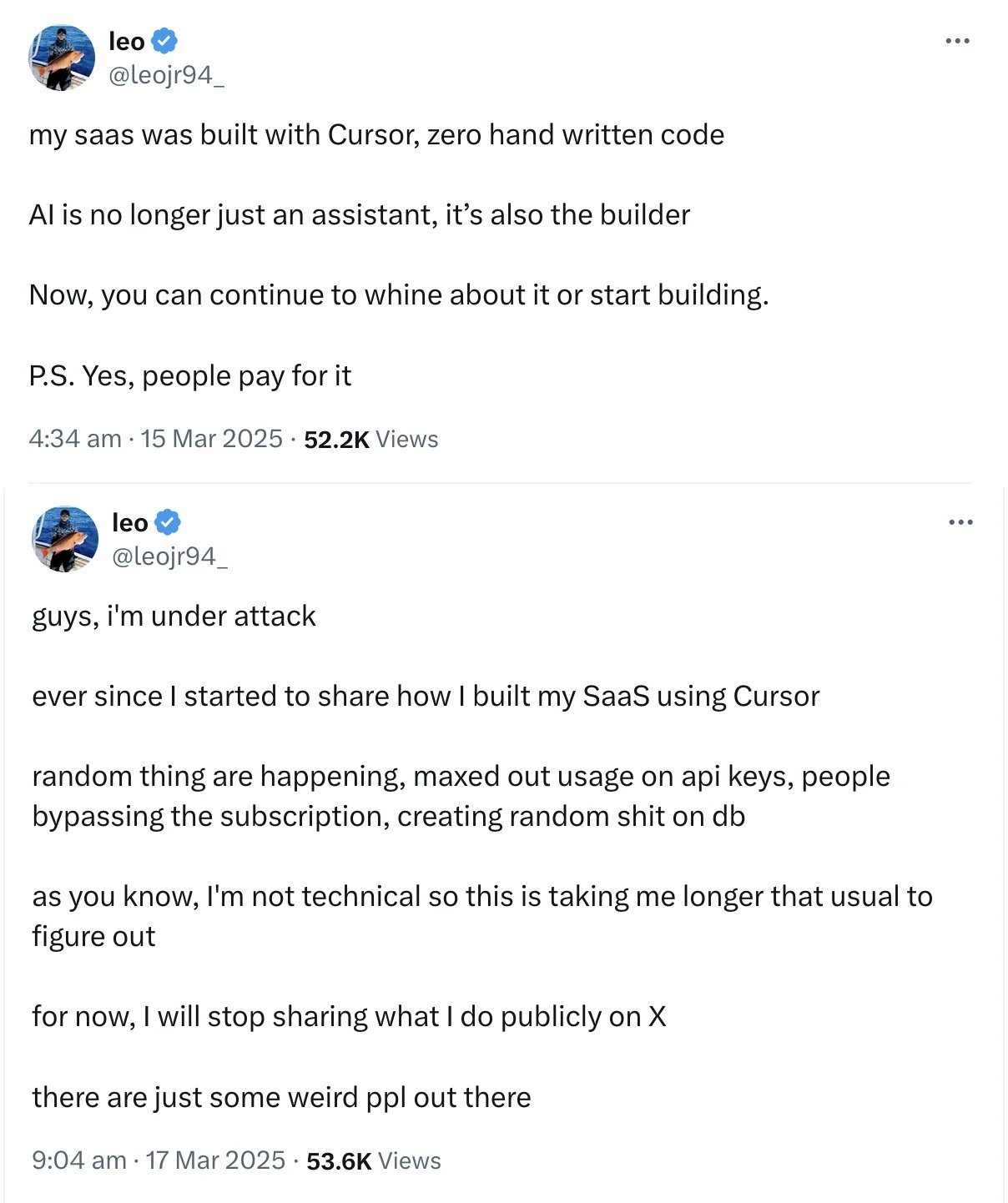Copy and Paste from AI: $20
Actually Knowing What’s Going to Work: $150,000
Knowing Where to Place It: Priceless
The rise of AI-powered tools has made it easier than ever for people to generate code, write content, and create designs with minimal effort. Platforms like ChatGPT, Copilot, and other AI-driven assistants can spit out working solutions in seconds. But while AI can provide fast results, there’s an undeniable gap between “having code that runs” and “having code that works in the real world.”
Just because something compiles, doesn’t mean it scales. Just because it executes, doesn’t mean it’s secure. And just because AI gives you a function, doesn’t mean it’s the right one for your specific problem.
This is the difference between merely copying and pasting code and actually knowing what will work—and more importantly, where to place it.
In this post, we’ll explore why experience is irreplaceable, the hidden costs of not knowing what you’re doing, and examples of how things can go wrong when you rely solely on AI without the expertise to back it up.
The Trap of “It Works, So It’s Fine”
One of the biggest pitfalls for beginners relying on AI-generated code is assuming that if something works, it must be correct. AI can generate code that runs, but without experience, it’s easy to overlook issues like:
- Security vulnerabilities
- Performance bottlenecks
- Maintainability nightmares
- Scalability limitations
- Legal and compliance risks
Here are some real-world examples where blindly trusting AI (or generic code from the internet) can lead to disaster.
Example 1: SQL Injection – The Classic Security Oversight
Let’s say you ask an AI to generate a login system in Python using Flask and SQLite. You get something like this:
@app.route('/login', methods=['POST'])
def login():
username = request.form['username']
password = request.form['password']
query = f"SELECT * FROM users WHERE username = '{username}' AND password = '{password}'"
result = db.execute(query).fetchone()
if result:
return "Login successful"
return "Invalid credentials"It works! You enter a username and password, and it checks if they exist in the database. But here’s the problem—this code is vulnerable to SQL injection. Anyone with basic knowledge of security can enter a malicious string like:
' OR '1'='1' --And suddenly, they’re logged in as an admin.
An experienced developer would know that SQL queries should always use parameterized statements:
query = "SELECT * FROM users WHERE username = ? AND password = ?"
result = db.execute(query, (username, password)).fetchone()But if you don’t know what to look for, you wouldn’t even realize there’s a problem—until it’s too late.
Example 2: “Just Use This AI-Generated Smart Contract”
With blockchain and smart contracts becoming more popular, AI can generate Solidity contracts for you. But Solidity is tricky—one wrong move and you could introduce vulnerabilities that cost millions.
For example, imagine an AI generates this Solidity contract:
contract SimpleBank {
mapping(address => uint256) public balances;
function deposit() public payable {
balances[msg.sender] += msg.value;
}
function withdraw(uint256 amount) public {
require(balances[msg.sender] >= amount);
payable(msg.sender).transfer(amount);
balances[msg.sender] -= amount;
}
}It looks fine, right? But this contract is vulnerable to reentrancy attacks. A malicious actor can drain the contract using a recursive function call before the balance updates. An experienced blockchain developer would immediately see this issue and fix it by using the checks-effects-interactions pattern or a reentrancy guard.
Example 3: The Nightmare of Scaling Bad Code
An AI can generate a sorting algorithm for you. But let’s say you need to process millions of data points efficiently. An AI might give you something like:
def sort_list(lst):
return sorted(lst)For small datasets, this works fine. But what if you’re sorting billions of records? An experienced developer would ask:
- What’s the computational complexity of this approach?
- Is there a more efficient algorithm like Merge Sort, Quick Sort, or even a parallelized approach?
- How does this impact memory usage?
- Should I use a database index instead of sorting in memory?
AI won’t always make those considerations for you. Without experience, you might not even realize there’s a problem—until your system grinds to a halt under real-world loads.
Why Experience Is Priceless
The AI tools available today are powerful, but they are not a replacement for deep expertise. The ability to:
- Anticipate edge cases
- Understand security implications
- Optimize for performance and scalability
- Write maintainable code
- Know the right architecture for the problem
…is something that only comes with experience. AI can be an incredible assistant, but it won’t teach you intuition. It won’t tell you what’s actually going to work in production. It won’t warn you when something is subtly broken.
